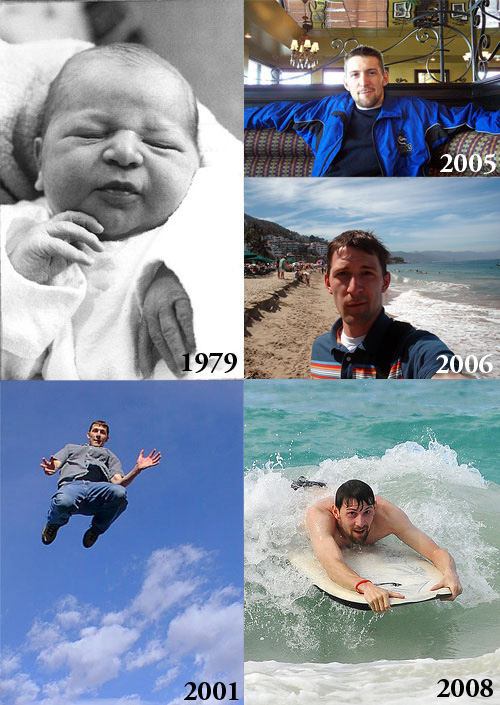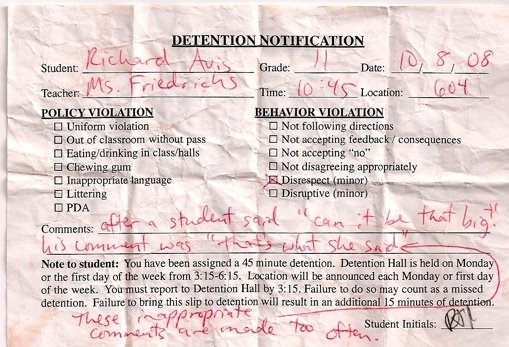In February 2003, Leonardo Notarbartolo, was arrested in connection with a break-in to a vault two floors beneath the Antwerp Diamond Center. The thieves were thought to have made off with an estimated $100 million worth of diamonds, gold, jewelry, and other spoils.
Wired News shares the incredible story:
The vault was thought to be impenetrable. It was protected by 10 layers of security, including infrared heat detectors, Doppler radar, a magnetic field, a seismic sensor, and a lock with 100 million possible combinations. The robbery was called the heist of the century, and even now the police can’t explain exactly how it was done.
The loot was never found, but based on circumstantial evidence, Notarbartolo was sentenced to 10 years. He has always denied having anything to do with the crime and has refused to discuss his case with journalists, preferring to remain silent for the past six years.
Until now.
The video is great, but the article delves into the captivating details.


